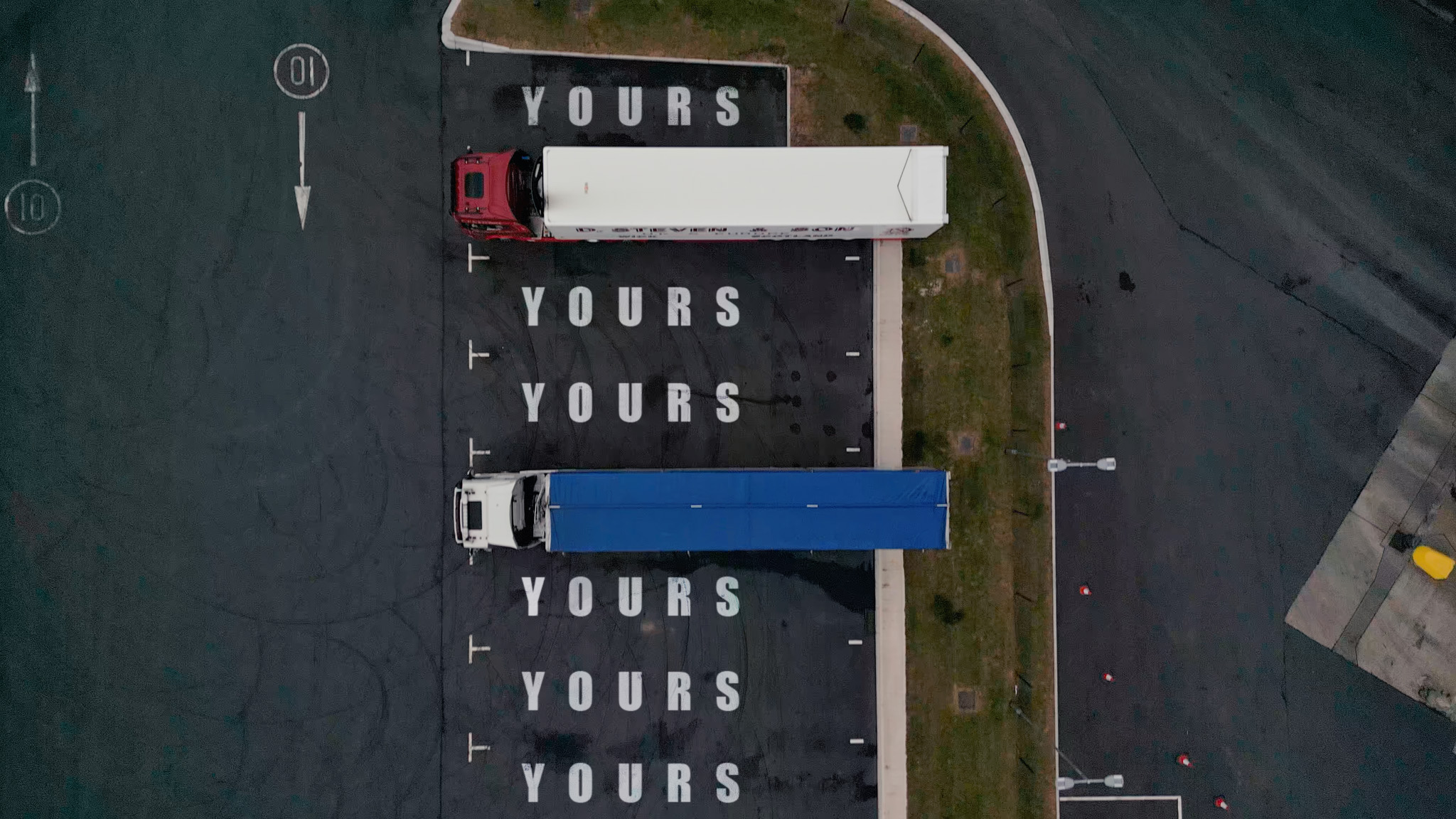
Miranda Blake
Šiuolaikinio transporto valdymo iššūkiai ir sprendimai
Sukurta: 16-12-2024
•
Atnaujinta: 16-12-2024
Šiuolaikinė transporto vadyba - tai strateginis požiūris į efektyvų ir veiksmingą prekių ir medžiagų judėjimą iš kilmės vietos į paskirties vietą, jo planavimą, organizavimą ir kontrolę. Jis apima technologijų ir duomenų pagrindu gautų įžvalgų panaudojimą siekiant optimizuoti transportavimo procesus, sumažinti išlaidas ir padidinti klientų pasitenkinimą.
Šiame tinklaraštyje nagrinėjame pagrindinius su šiuo klausimu susijusius iššūkius ir sprendimus.
Pagrindiniai iššūkiai
Vienas iš aktualiausių dalykų, su kuriais susiduria automobilių parkai, yra degalų išlaidų valdymas. Jos sudaro didelę veiklos išlaidų dalį, o jų nepastovumas gali sujaukti biudžeto sudarymo procesus ir bendrą pelningumą. Degalų kainų nenuspėjamumas sukelia spartų poveikį visoje tiekimo grandinėje ir verčia įmones priimti sudėtingus sprendimus dėl išlaidų padengimo ar kainų didinimo, o tai gali turėti įtakos jų konkurencingumui. Tačiau pažangiai mąstančios įmonės imasi strategijų, kad sumažintų susijusią riziką:
● sudaryti degalų apsidraudimo sutartis, kad kainos būtų fiksuotos tam tikram laikotarpiui ir taip stabilizuotų išlaidas.
● Investicijos į modernias, taupiai degalus naudojančias transporto priemones**, kad sumažėtų jų suvartojimas ir bendros išlaidos.
● alternatyvių kuro šaltinių**, pavyzdžiui, biodyzelino ar suslėgtų gamtinių dujų, tyrimas, siekiant apsisaugoti nuo tradicinių kuro kainų svyravimų.
Vienas iš sprendimų - SNAP Fuel - leidžia sklandžiai valdyti degalus:
● Transporto parko operatoriai gali naudotis išsamiomis išlaidų ataskaitomis, užtikrinančiomis išlaidų skaidrumą ir padedančiomis nustatyti tendencijas bei tobulintinas sritis.
● Bendradarbiaudami su "Certas Energy", naudotojai gali naudotis nuolaidomis degalams ir taip dar labiau sumažinti išlaidas.
Eismo spūstys
Kita problema - eismas. Didėjant miestų gyventojų skaičiui, didėja esamos infrastruktūros apkrovimas, todėl kyla problemų visoje logistikos grandinėje. Vėlavimai tampa įprastu reiškiniu, didėja degalų sąnaudos ir veiklos sąnaudos, o klientų pasitenkinimas mažėja dėl ilgesnio pristatymo laiko.
Yra kelios taktikos, kaip kovoti su neigiamu poveikiu:
● Naudojant pažangią [maršruto optimizavimo] (https://snapacc.com/newsroom/route-optimisation-with-fleet-management-software-snap-account/) programinę įrangą galima nustatyti efektyviausius maršrutus, taip sumažinant kelionės laiką ir degalų sąnaudas.
● Integravus realaus laiko eismo duomenis į operacijas, galima dinamiškai koreguoti maršrutą atsižvelgiant į esamas sąlygas.
● Parengus specialiai pritaikytus miesto logistikos planus, įmonės gali įveikti konkrečiam miestui būdingus sunkumus, pvz., riboto patekimo zonas ir eismo piko valandas.
Tiekimo grandinės sutrikimai
Nuo stichinių nelaimių iki geopolitinių įvykių ir darbo jėgos trūkumo - sutrikimai yra dar viena problema, su kuria susiduria transporto parkai - dėl jų vėluojama, didėja išlaidos ir mažėja aptarnavimo lygis, todėl transporto valdymo sistemos tampa neatsparios.
Siekdamos įveikti tokius trikdžius, organizacijos gali taikyti kelias strategijas:
● Diversifikacija: Medžiagų ir paslaugų pirkimas iš kelių tiekėjų gali sumažinti priklausomybę nuo vieno tiekėjo ir sumažinti riziką.
● Rizikos vertinimai: Reguliarus jų atlikimas gali padėti nustatyti tiekimo grandinės pažeidžiamumą ir padėti planuoti nenumatytus atvejus.
● Gyva stebėsena: Įdiegus technologijas, kurios leidžia matyti tiekimo grandinę realiuoju laiku, galima geriau reaguoti ir greičiau priimti sprendimus.

Inovatyvūs sprendimai
Toliau tobulėjant ir integruojantis technologijoms, jos žada keisti transporto valdymo ateitį, spręsti įsisenėjusias problemas ir atverti naujas augimo ir inovacijų galimybes.
● Telematika: Transporto priemonių sekimo sistemos realiuoju laiku teikia duomenis apie buvimo vietą, maršruto optimizavimą ir vairuotojo elgesį, todėl galima priimti labiau pagrįstus sprendimus.
● IoT įrenginiai: jais galima stebėti transporto priemonės būklę, degalų sąnaudas ir krovinio būklę, užtikrinant optimalų veikimą ir saugumą.
● AI ir mašininis mokymasis: Naudodami šias priemones galite atlikti prognozuojamąją analizę ir prognozuoti paklausą, pagerinti maršrutų optimizavimą ir atsargų valdymą.
● blokų grandinė: Įdiegus šią technologiją galima padidinti tiekimo grandinės skaidrumą, saugumą ir atsekamumą bei sustiprinti suinteresuotųjų šalių pasitikėjimą.
Vairuotojų išlaikymas ir mokymas
Vairuotojų trūkumas - dar viena transporto valdymo problema, kurią Transporto departamentas bando spręsti pradėdamas konsultacijas dėl būdų, kaip ją sumažinti. Sunkvežimių vairuotojus paraginome išsakyti savo nuomonę dėl šio pasiūlymo SNAP "Facebook" puslapyje. Nors daugelis jų nepateikė pastabų dėl schemos, 72,5 proc. užginčijo terminą "vairuotojų trūkumas", pavadindami jį gąsdinimu. Vietoj to jie išvardijo keletą priežasčių, kodėl patyrę sunkvežimių vairuotojai palieka šį sektorių.
Todėl vis dar labai svarbu pritraukti ir išlaikyti kvalifikuotus vairuotojus. Vyriausybė nustatė keletą priemonių, tačiau automobilių parkų valdytojai ir sunkvežimių vairuotojai gali imtis priemonių patys:
● Konkurencingas atlygis ir išmokos: Konkurencingoje darbo rinkoje patrauklūs paketai gali padėti pritraukti talentingiausius darbuotojus.
● Lankstus darbo grafikas: jo suteikimas gali padidinti pasitenkinimą darbu ir sumažinti darbuotojų kaitą.
● Išplėstinis mokymas ir įgūdžių tobulinimas: Investuojant į nuolatines programas, vairuotojai gali įgyti gebėjimų, reikalingų tobulėti savo pareigose ir prisitaikyti prie naujų technologijų.
Kitas svarbus būdas išlaikyti vairuotojus - kuo labiau palengvinti jų darbą, o tai reiškia, kad reikia mokėti už automobilio stovėjimą ir skalbimą. Laimei, yra SNAP.
Gaukite paramą iš SNAP
Norėdami sužinoti daugiau apie mūsų paslaugas ir kaip jos gali padėti valdyti transportą, susisiekite telefonu +44 (0)1603 777242.



